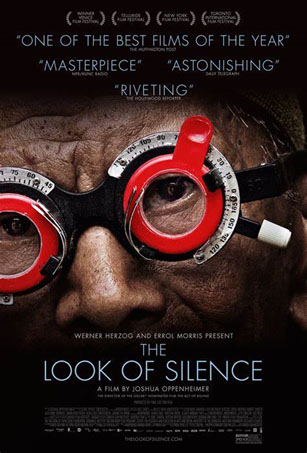By Brian Chou, OD, FAAO

Oct. 9, 2019
Doctors sometimes wonder how patients ignore seemingly obvious health conditions with sensible treatments. A 2014 documentary about an OD in Indonesia offers insights that optometrists in the U.S. may find valuable.
I recently examined a patient with cataracts so advanced, they reminded me of what I observed providing charitable eyecare in the third world. I gave my patient the good news that cataract surgery would almost assuredly improve her vision from hand-motion. Concurrently, I warned her that without cataract extraction, she was at risk for phacolytic glaucoma. Despite what seemed like a no-brainer decision, the patient said she would see her naturopath for homeopathic treatment.
She won’t be the first – nor the last patient– to ignore the obvious. Whether rooted in fear, differing values, stubbornness, distrust, financial constraints, disinterest or a lack of understanding, the underlying possibilities are numerous and reflect human complexity. Even my best laid plan to help was undermined by the very patient I sought to enlighten.

“The Look of Silence” is available for streaming on Netflix and Amazon Prime. It is the story of an OD working in extremely challenging conditions.
Focus on the Doctor-Patient Connection
In these situations, it doesn’t matter how good one’s diagnostic capabilities are. What matters is the art of human connection. In cases like this, I believe the best course is to acknowledge the patient’s choice, even if at odds with what you know about the world. I let my patient know that if she sought to pursue my recommended treatment later, that I would be do my best to guide her way.
Even more extreme are the patients who deliberately choose not to know in order to feel better about themselves. This is termed, “willful blindness,” and is exemplified by the acclaimed documentary, “The Look of Silence.” This film, available on Netflix and Amazon Prime, follows an optometrist in Indonesia, Adi, as he makes house calls to improve the sight of elders that were responsible for a genocide in 1965.
Ironically, the elders are willfully blind to their own atrocious acts. Even the ones involved in killing Adi’s brother don’t express remorse when he discloses his painful and personal connection. Rather, the perpetrators rationalize that their acts were sanctioned by the government and that they were just doing their job. Amazingly, the killers live on today in Indonesia with impunity.
Other Articles to Explore
“The Look of Silence,” directed by Joshua Oppenheimer, is a powerful yet disturbing view into an unimaginable past. Many of the film credits are listed as “anonymous,” reflecting the persisting danger to those seeking the truth about the genocide because the perpetrators still hold power.
You Can Learn An Impressive–and Disturbing–Amount About Your Patients
While optometry is quite different in Indonesia compared to the U.S, the shared theme is that ODs can find out quite a bit about their patients. In the case of Adi, he uses the pretext of vision testing to uncover the dark underbelly of what happened in 1965.
The scope of optometric care depicted in the film – basically trial-frame refraction – is limited compared to the expansive repertoire of what ODs do in the U.S. Yet the courage and relative composure of Adi shown in his interactions with his brother’s killers, in the face of sickening acts against humanity, is nothing short of heroic. I believe this film is worth watching with the trigger warning that you may find the content deeply disturbing.
How do you manage patients who question your treatment plan, opting for a less traditional and less proven treatment, and those whom you learn disturbing personal details about?
 Brian Chou, OD, FAAO, is the owner of ReVision Optometry in San Diego, Calif.
Brian Chou, OD, FAAO, is the owner of ReVision Optometry in San Diego, Calif.



























